Muhammad Ichsan and Alifa Haque are our first ever Shark & Ray Fellows who are working to protect the pelagic thresher shark in Indonesia and the largetooth sawfish in Bangladesh respectively. In this introductory blog, we asked them to tell us a little about themselves, their EDGE species and their projects.
Entering a career in conservation is a personal journey for many, each with their own reasons and motivation. In the case of our Fellows, they often have some unique stories. Ichsan for example has always found the underwater world fascinating:
“Life underwater is a beautiful world with complex systems that support each other. It was in 2010 when I started my first journey underwater, and since that day I know what I want to be – a shark conservationist!”
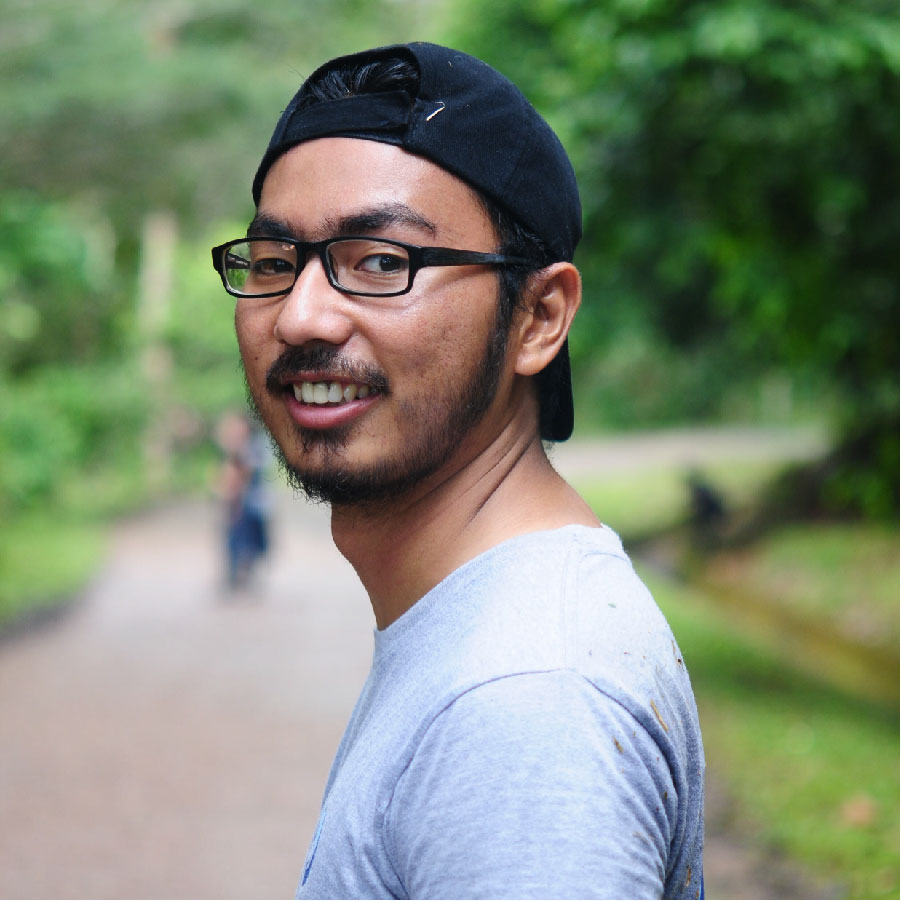
For Alifa, her journey towards conservation was slightly different:
“Working in marine conservation is a passion I found rather than what I have grown up with. I was born and brought up in an urban jungle within a conventional societal setting […] I found my passion for marine conservation when I worked with coastal communities, I learnt not to impose solutions but to learn and use a bottom up approach. I was overwhelmed by the peace it brought, just to sit beside the sea that nothing brought me in the 24 years I spent in the cities at that time.”
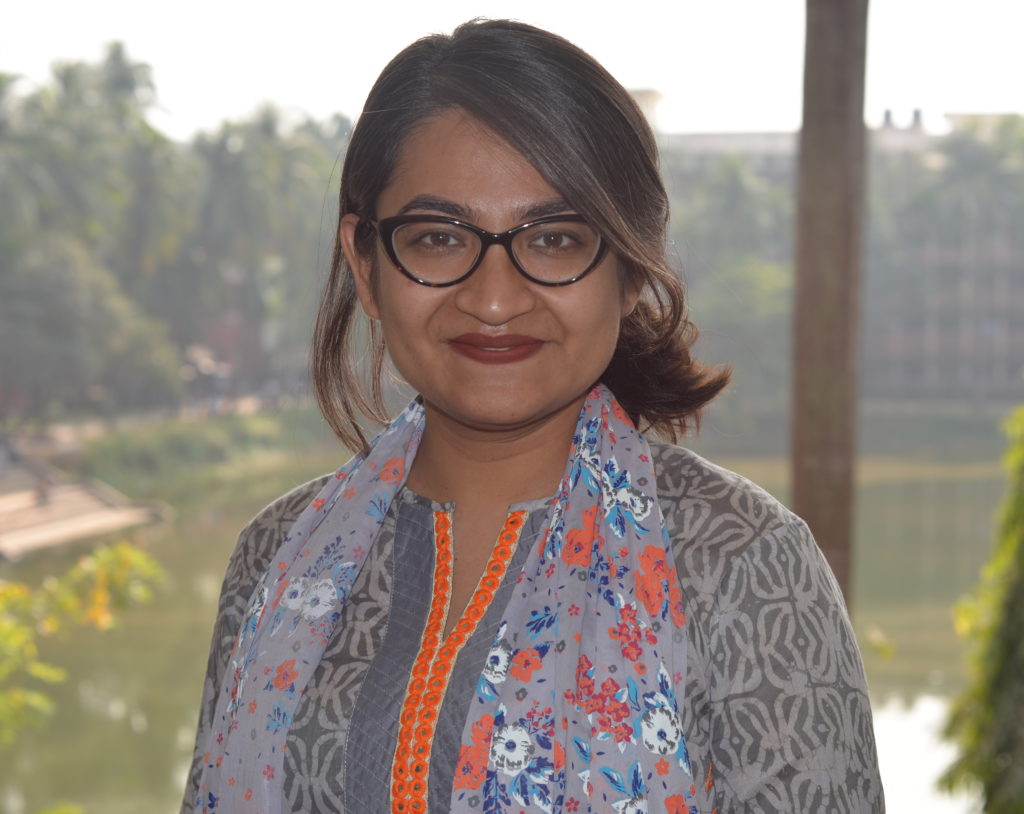
They both however, felt very similar when they learnt they had become EDGE Fellows. Ichsan was excited to work with his EDGE species and travel to Borneo for the tools course while Alifa was so shocked that she waited for two days before telling her peers – just to be sure it was true.
Ichsan is working to protect the pelagic thresher shark which is currently ranked as number 50 on the EDGE Shark and Ray list. It has an unusual method for catching its prey: “It’s a distinctively unique species of shark with a long tail that can be as long as its body” says Ichsan, “this predator uses their tail as a weapon to stun prey – It’s like a shark with a whip that slaps their prey before they feast.”
The pelagic thresher shark is classified as Vulnerable by the IUCN and is threatened by over-exploitation both from target and by-catch fisheries. The shark is highly valuable, especially in Indonesia, where pelagic threshers are sold for their fins, meat and other body parts.
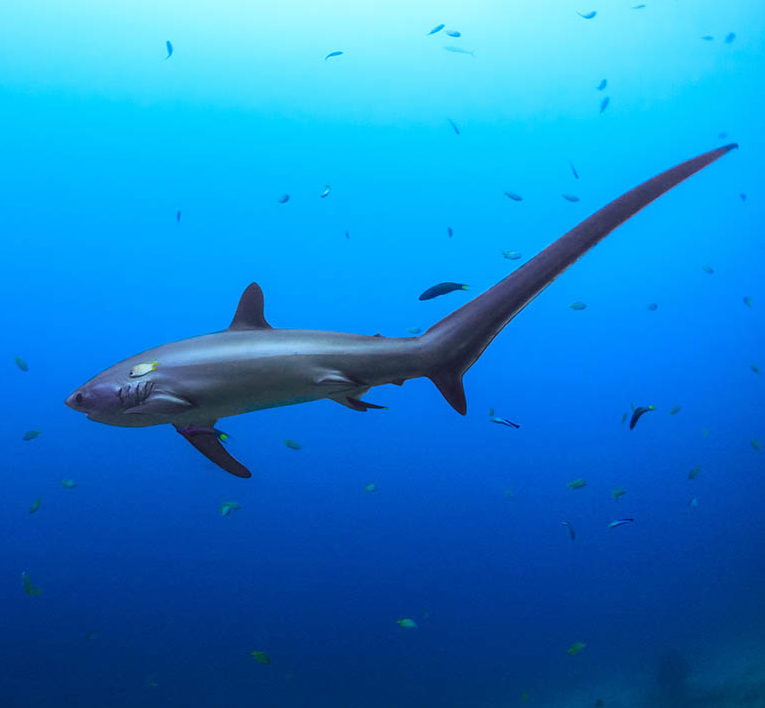
Alifa Haque’s EDGE species is the largetooth sawfish (a ray) that is not only is number 1 on the EDGE Shark list, but also has the highest-ranking score of any EDGE species. Owing to their unique appearance, Alifa appears to have high praise for her EDGE species; “the largetooth sawfish is the most charismatic aquatic species. It looks like a smiling face at all time with the most adorable eyes in the world.”
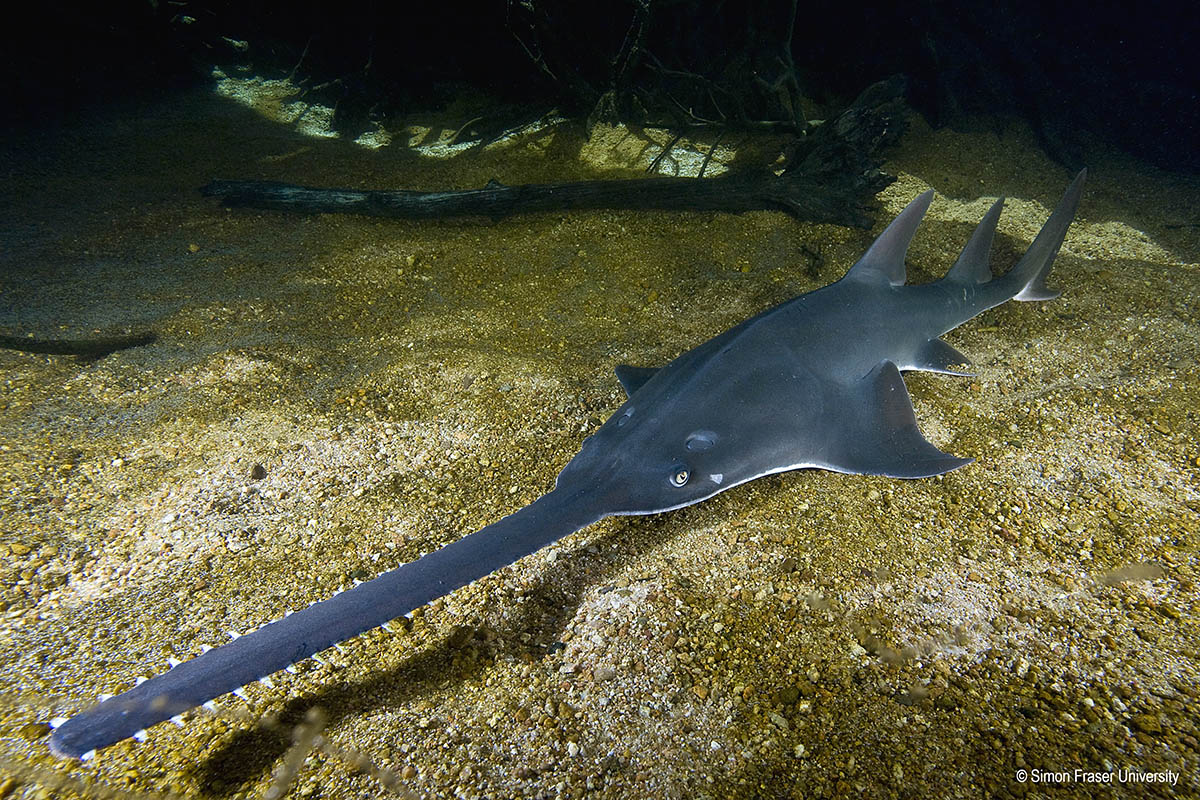
It is listed as Critically Endangered by the IUCN and is threatened mainly by the sale of its fins for the shark fin trade, entanglement of its rostra (a beak-like projection) in gill nets and demersal trawl nets and loss of its critical mangrove and coastal native habitats.
As both of their EDGE species are threatened by current fishing practices, our Shark and Ray Fellows are hoping to tackle these issues head on to protect the future of their species. In Indonesia and Bangladesh, local communities rely heavily on fishing as a part of their livelihoods and so both Ichsan’s and Alifa’s projects will involve working closely alongside locals. Ichsan will be trying to understand the importance of the pelagic thresher shark for the livelihoods and food security in two key fishing communities in Indonesia. He will then use this information to develop a draft fisheries management plan for the fisheries in collaboration with the local community. Alifa will harness the local fishermen’s knowledge to identify critical habitats for largetooth sawfish and develop a cell phone reporting system for sawfish (CPRSS). She will pilot the reporting system in Sundarbans, Bay of Bengal and promote it to policymakers and coastal fishing villages.
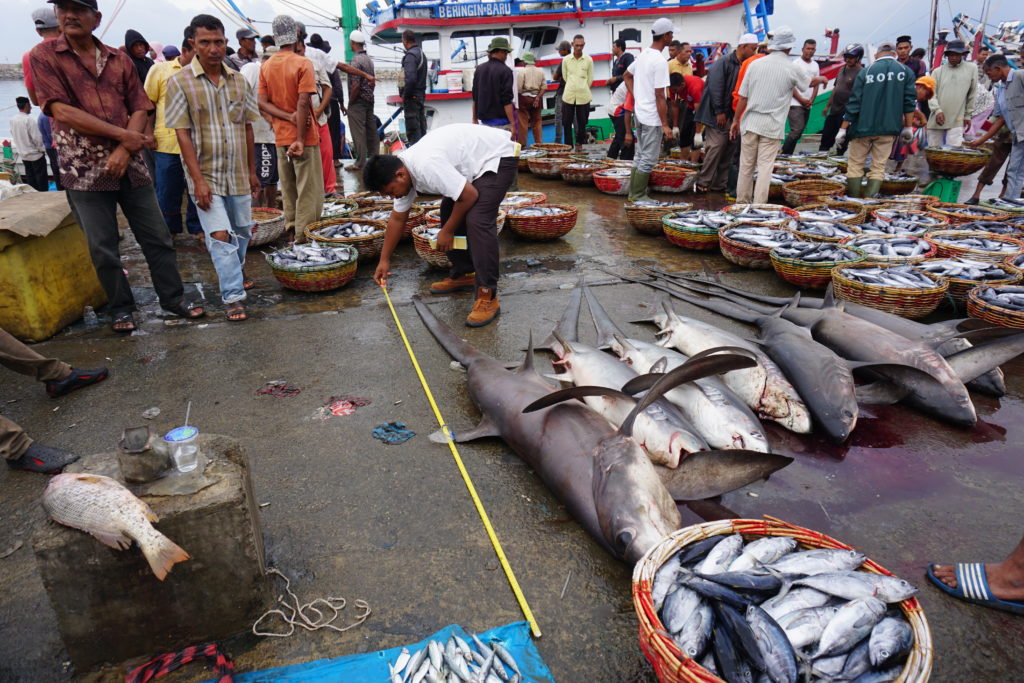
Working with fisheries can be difficult, given the various scales of fishing and the dependence on this work for the livelihoods of many people. “Fisheries is a complex issue, especially in developing archipelagic countries with multi-gear and multi-species fisheries” says Ichsan. “On these islands, small-scale fisheries are highly dependent on natural resources and have less capacity to conduct sustainable practice.”
However, despite the challenges Alifa summarises the hopes they both have for their projects and Fellowship experience:
“I hope to learn to create and execute conservation projects towards real change in the world. I’m looking forward to growing professionally and increasing my skills in data analysis and use science in conservation actions. In any case, I am learning from the EDGE team and my fellow colleagues everyday. It is going to be a great learning process.”
Be sure to keep up to date with Ichsan’s and Alifa’s projects and learn more about their EDGE species, the pelagic thresher shark and the largetooth sawfish.